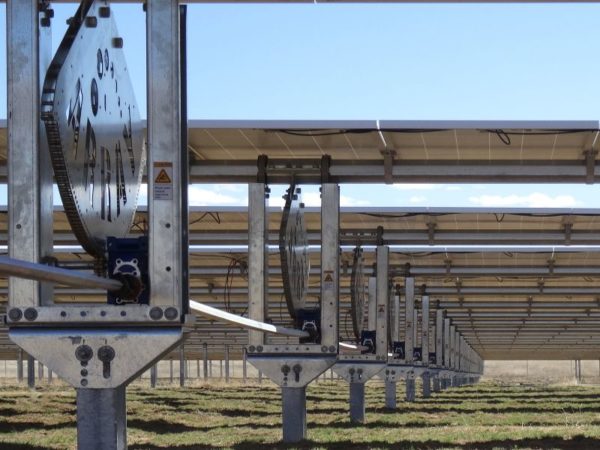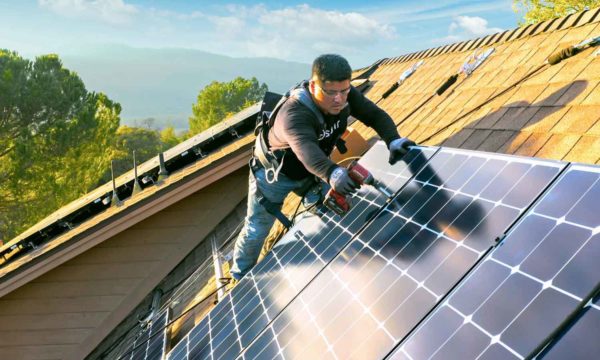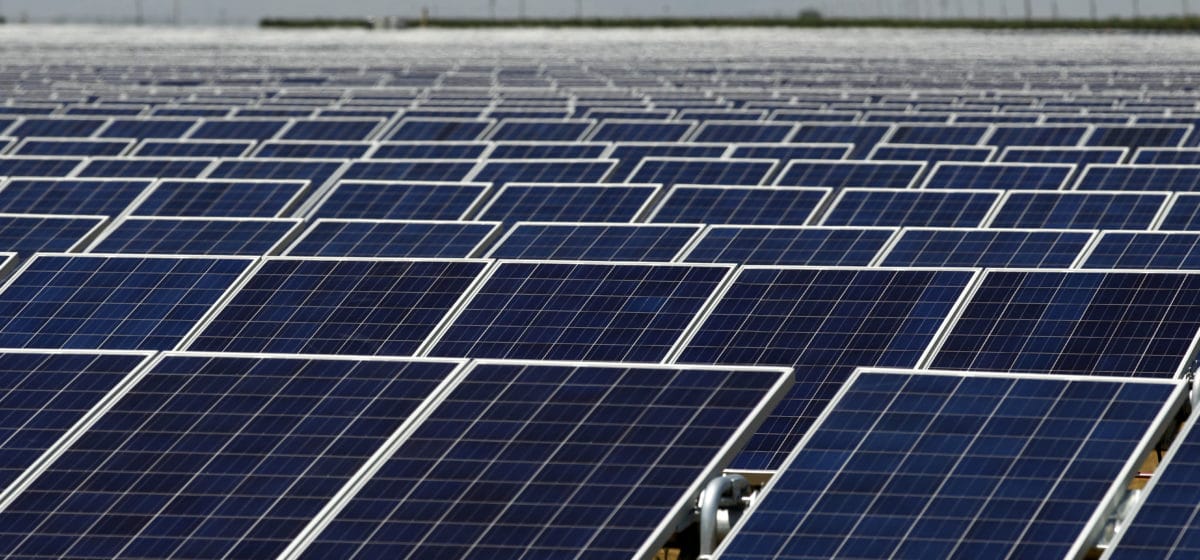Increased commodity prices and delivery delays are beginning to affect portions of the U.S. solar industry, according to the Solar Energy Industries Association (SEIA) and Wood Mackenzie in their Solar Market Insight Report for the first quarter.
The report said the most significant impact of the current supply environment is on utility-scale projects that are under development. Developers are approaching offtakers to renegotiate their power purchase agreements (PPA) in an effort to increase prices or relax in-service dates. The report said that, so far, efforts to increase PPA prices on existing contracts “have not been very successful in a hyper-competitive market.”
The report said the price of steel has more than doubled since the pandemic began. This has led to increased prices and lowered availability of solar racking equipment and trackers. Here, too, this has mostly affected utility-scale solar projects but has also impacted carport installations, which require more steel support structures than other solar projects.

Image: Array Technologies
The report said that polysilicon supply and demand are “barely balanced,” meaning that small production errors can make an outsized difference. This has led to stagnant or increasing module costs (depending on the manufacturer), reversing, the report said, a decades-old trend of module cost declines.
Generally, a lag exists between changes to commodity prices and subsequent changes to solar system prices. The extent to which commodity price increases are passed onto customers can vary. But through Q1, the effects on installed solar system prices have been marginal, the report said.
Over the last several quarters, critical components for solar equipment – polysilicon, steel, aluminum, semiconductor chips, copper and other metals – have become increasingly supply-constrained. But increasing demand for solar, combined with pandemic-related macroeconomic realities (such as increased shipping costs, microchip availability, and a residential home renovation boom) have led to increased commodity prices and delivery delays.
‘Projects will get pushed’
Equity research firm Roth Capital Advisors warned clients in a May 16 research note that current price pressures could delay as much as 15% of planned 2021 utility scale solar development.
“With everything at elevated levels, some projects will get pushed,” the firm said.
Roth Capital said that U.S. utility scale module pricing six months ago for delivery in the third quarter of 2022 was on the order of $0.25 per Watt freight on board (FOB), or $0.27/W delivered duty paid (DDP).
In a quarterly earnings statement, Albuquerque-based Array Technologies, which makes single-axis trackers, said the industry is dealing with increases in steel and shipping costs that are “unprecedented both in their magnitude and rate of change.” It said that compared to the first quarter or 2020, spot prices of hot rolled coil steel more than doubled in the first quarter of 2021. It said prices have continued to increase in the second quarter with spot prices up “over 10% since April 1.”
Array said that steel makes up almost half of its cost of goods sold. And because it does hold large inventories, “a significant increase in the price of steel over a short period of time can negatively impact our results.”
The company said it was passing through higher commodity and shipping costs to customers, fixing commodity prices with suppliers, entering into long-term contracts with freight providers, further diversifying its supply base, and increasing order lead-times to give it more time to procure raw material.
Peak poly prices?
Senior executives at Canadian Solar said during a early June webinar that they believed polysilicon prices have peaked, and that speculation that had been driving up prices is no longer having a significant impact. The executives stopped short, however, of saying when they thought poly prices might ease.
In its first quarter earnings call, Canadian Solar said the price of polysilicon had tripled over the past 12 months. The company mitigated the impact in part by raising module prices, which it said saw a “near double-digit percentage increase” compared to the fourth quarter. The company also said it prioritized margins ahead of shipment volumes.
Stability… for now
The SEIA-WoodMackenzie quarterly market report said that average system prices remained relatively stable from Q4 2020 to Q1 2021, despite the supply chain and logistics constraints. The impact from these bottlenecks had not yet fully made its way into system prices as of Q1. Important raw material inputs to the solar supply chain include steel, aluminum, and copper.

Image: Sunrun
Price increases for manufacturers may not be felt immediately by customers due to time lags in procuring equipment and long-term supply agreements. Further, manufacturers may still be estimating how much of these price increases they want to pass along to the customer, and how much they decide to absorb.
As a result, in Q1 2021, system pricing fell both year-over-year and quarter-over-quarter across all market segments. System pricing fell quarter-over-quarter by 1.1%, 2.9%, 3.7% and 3.6% in the residential, non-residential, utility fixed-tilt and utility single-axis tracking markets, respectively.
Impacts from commodity price increases and equipment delays vary by market segment, the report said. For example, the effects on distributed solar have been “more muted.” The report said that “a few additional cents per watt in module costs represent a relatively small percent increase” in total costs for residential and commercial installers. And many developers have work pipelines strong enough to accommodate a few weeks’ delay in equipment deliveries.
The report warned that “compounding cost increases across all materials are just beginning to affect installers.” Developers of distributed solar-plus-storage projects have started to report months-long installation delays stemming from constrained battery supplies.
This content is protected by copyright and may not be reused. If you want to cooperate with us and would like to reuse some of our content, please contact: editors@pv-magazine.com.









By submitting this form you agree to pv magazine using your data for the purposes of publishing your comment.
Your personal data will only be disclosed or otherwise transmitted to third parties for the purposes of spam filtering or if this is necessary for technical maintenance of the website. Any other transfer to third parties will not take place unless this is justified on the basis of applicable data protection regulations or if pv magazine is legally obliged to do so.
You may revoke this consent at any time with effect for the future, in which case your personal data will be deleted immediately. Otherwise, your data will be deleted if pv magazine has processed your request or the purpose of data storage is fulfilled.
Further information on data privacy can be found in our Data Protection Policy.